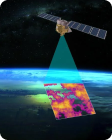
Making AI helpful for everyone, including the planet
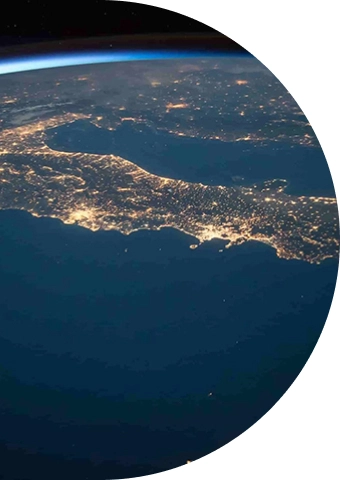




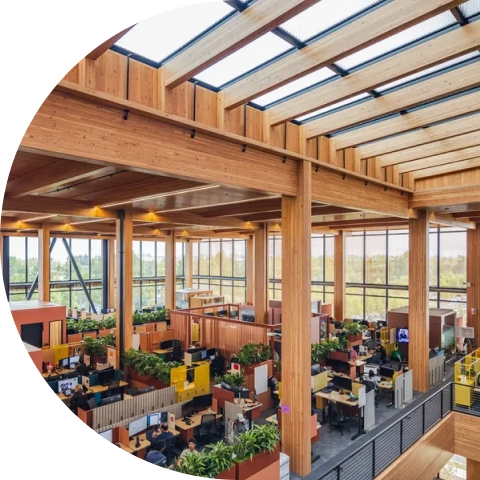
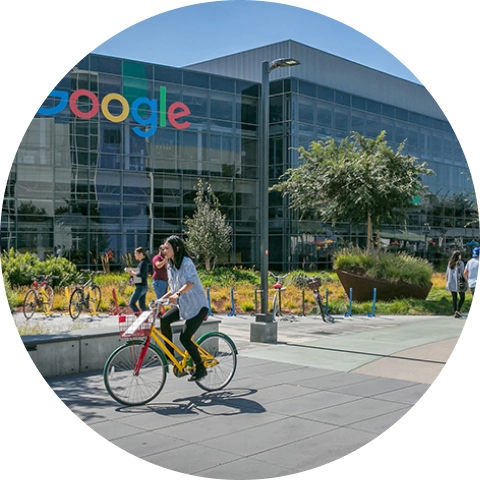
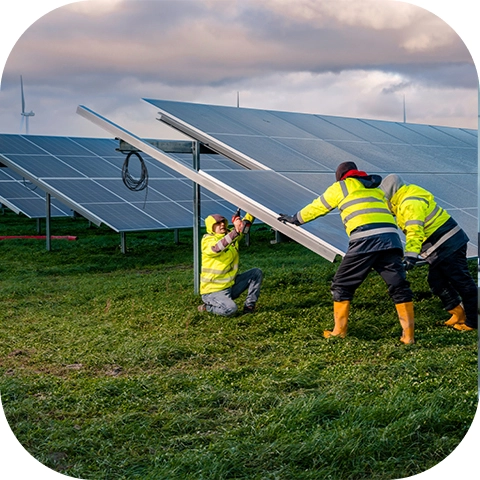
Our products, your impact
In 2024, just five of our products enabled individuals, cities, and other partners to collectively reduce an estimated 26 million metric tons of GHG emissions (tCO2e),1 roughly equivalent to the emissions from the annual energy use of over 3.5 million U.S. homes.2 For context, Google’s total ambition-based emissions in 2024 were 11.5 million tCO2e.3
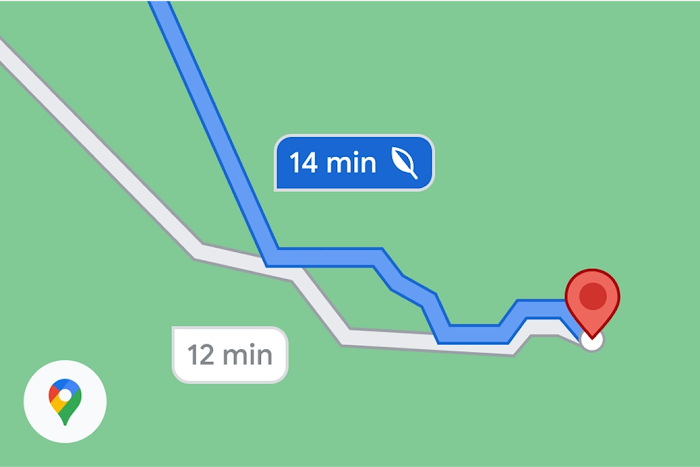
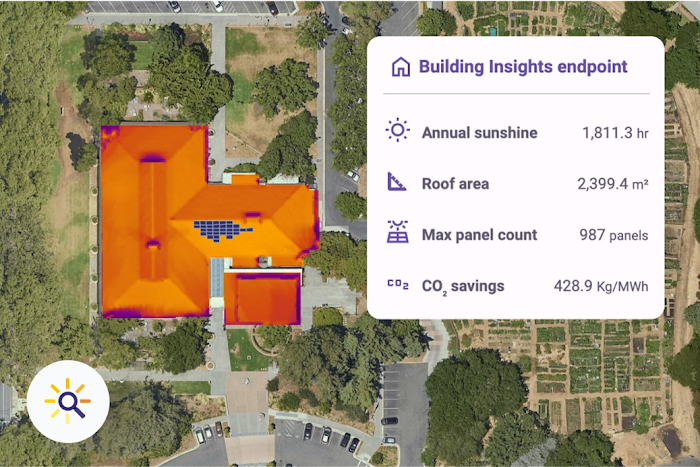


Driving innovation and resilience through our research
We’re partnering with cities, researchers, governments, and businesses on new technology to effect meaningful systemic change and improve the lives of billions of people.

Enabling airlines to reduce contrails
Learn more
Helping firefighters detect wildfires earlier
Learn more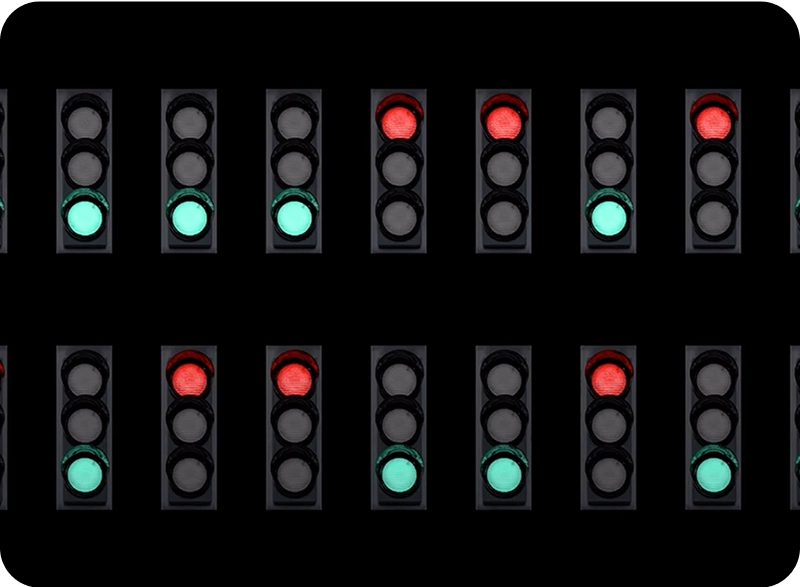
Applying AI for more efficient city streets
Learn moreCommitted to the efficient and responsible use of resources
Across our operations, we’re dedicated to everything from replenishing water to improving AI efficiency. We’re strengthening the circular economy by designing out waste and implementing 100% plastic-free packaging. We’re also investing in next-generation clean energy technologies like advanced nuclear and enhanced geothermal. Below is a snapshot of our progress in 2024.



Reduced data center energy emissions by 12%
In 2024, our data center emissions were reduced by 12% compared to the prior year, even in the face of increased energy demands.

Replenished 64% of our freshwater consumption
In 2024, our water stewardship projects replenished approximately 64% of our freshwater consumption, or 4.5 billion gallons6 (roughly equivalent to the annual water usage of 40,000 average U.S. households7), up from 18% in 2023.

Procured over 8 GW of clean energy
In 2024, we signed contracts to purchase over 8 GW of clean energy generation8—more than in any prior year.

Improved TPU power efficiency by 30x
Ironwood—the first Google TPU (our custom AI chips) designed to power thinking, inferential AI models at scale—is nearly 30 times more power efficient than our first Cloud TPU from 2018.9








